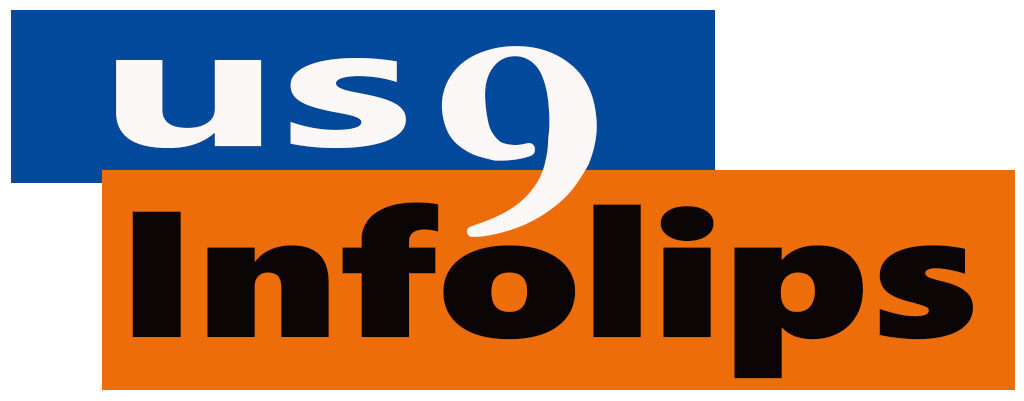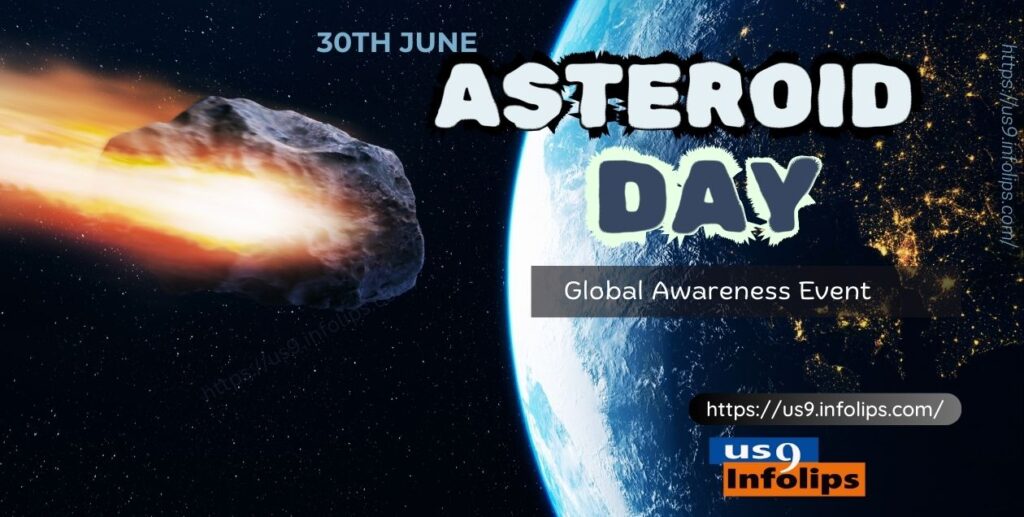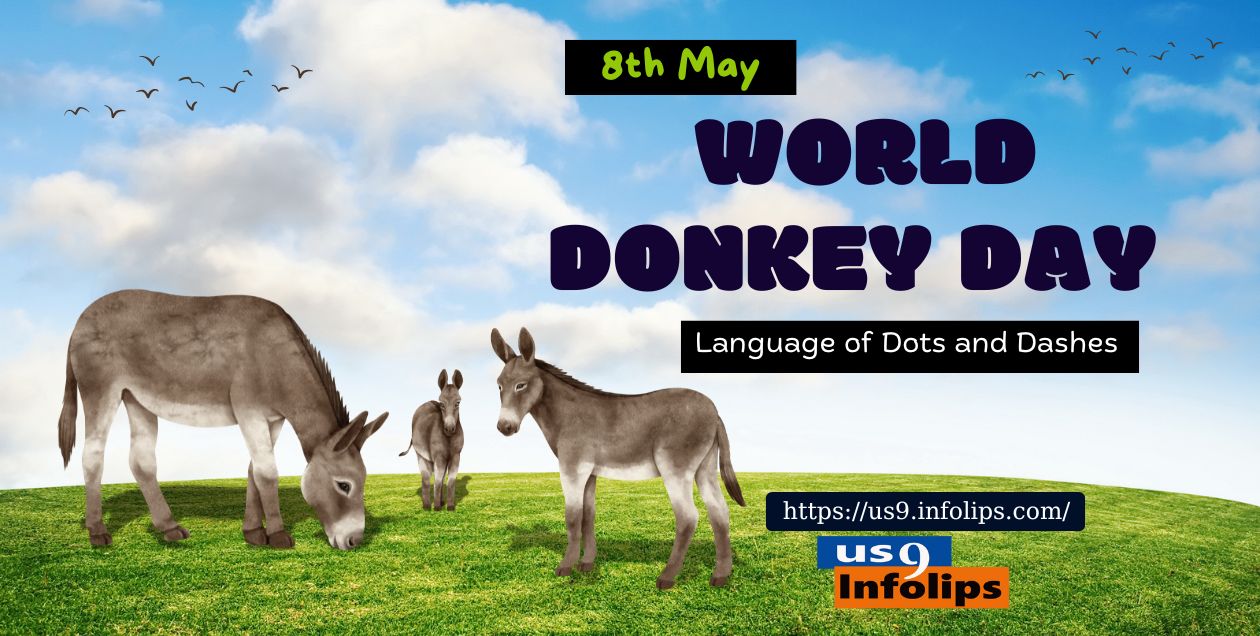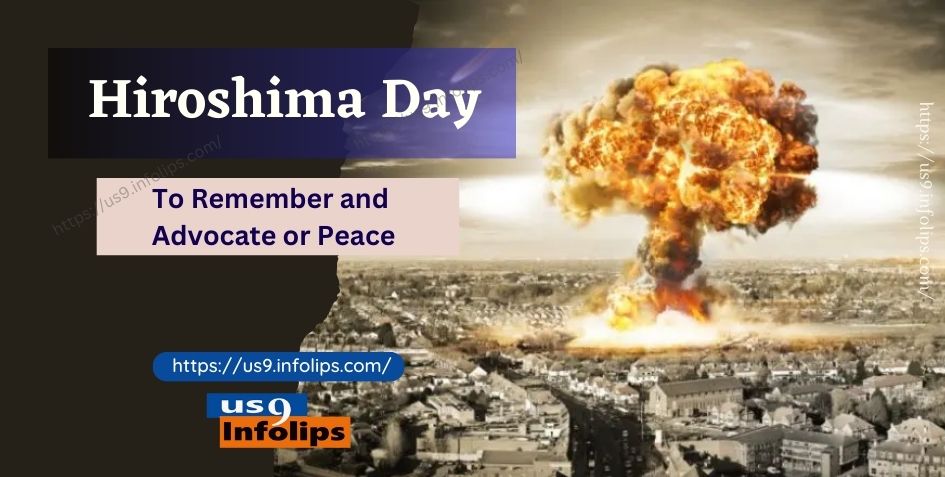Unveiling Asteroid Day: Known-Unknown Facts About This Global Awareness Event, Best Info.
Unveiling Asteroid Day: Known-Unknown Facts About This Global Awareness Event
Asteroid Day facts, Global asteroid awareness, Planetary defense initiatives,
Table of Contents
A Comprehensive Overview on this day
1. History and Origin
Asteroid Day was co-founded in 2014 by Dr. Brian May, astrophysicist and lead guitarist for Queen, along with astrophysicist and author Rusty Schweickart, filmmaker Grig Richters, and B612 Foundation President Danica Remy.
The initiative aimed to raise public awareness about the potential threat of asteroids and the need for increased detection and tracking of near-Earth objects (NEOs).
2. The Tunguska Event
Asteroid Day is held annually on June 30th, commemorating the anniversary of the Tunguska event in 1908. This event was the largest asteroid impact on Earth in recorded history, flattening over 2,000 square kilometers of forest in Siberia.

The Tunguska event serves as a stark reminder of the potential devastation that an asteroid impact could cause.
3. Objectives and Mission
The primary objective of Asteroid Day is to educate the public about asteroids and their potential impact on Earth. The initiative aims to promote scientific research and the development of technologies to detect, track, and potentially deflect hazardous asteroids.
By increasing awareness, about this day hopes to foster international cooperation and support for planetary defense measures.
4. United Nations Recognition
In 2016, the United Nations General Assembly officially recognized June 30th as International Asteroid Day. This recognition underscores the global importance of addressing the asteroid impact threat and encourages member states to participate in activities that promote awareness and preparedness.
Get Involved!
You too can be a part of Asteroid Day! Check out local events in your area, explore the vast resources available online from organizations like NASA, the B612 Foundation, and Asteroid Day itself. You can even host your own educational activity, sparking curiosity and knowledge about asteroids in your community.
So, the next time you look up at the night sky, remember that we share our cosmic neighborhood with these fascinating objects. By understanding and preparing for potential asteroid threats, we can ensure a future where humanity continues to thrive under the starry expanse.
5. Public Outreach and Education
Asteroid Day features a wide range of activities, including educational programs, lectures, film screenings, and live discussions with scientists and experts.
These events are designed to engage people of all ages and backgrounds, providing them with information about asteroids, space science, and planetary defense strategies.
6. The 100X Declaration
One of the key initiatives of Asteroid Day is the 100X Declaration. This declaration, signed by numerous scientists, astronauts, and public figures, calls for a 100-fold increase in the detection and tracking of near-Earth asteroids.
The goal is to identify 100,000 NEOs within the next decade, significantly improving our ability to prevent potential impacts.
7. Role of Space Agencies
Space agencies such as NASA, the European Space Agency (ESA), and others play a crucial role in asteroid detection and planetary defense. These agencies conduct research, develop technologies, and launch missions to study asteroids and test deflection methods.
Collaborative efforts between these agencies are essential for a coordinated global response to the asteroid threat.
8. Notable Missions
Several missions have been launched to study asteroids and develop potential deflection techniques. Notable missions include NASA’s OSIRIS-REx, which collected samples from the asteroid Bennu, and ESA’s Hera mission, part of the AIDA collaboration with NASA’s DART (Double Asteroid Redirection Test) mission, aimed at testing asteroid deflection strategies.
9. Community Involvement
Asteroid Day encourages community involvement through citizen science projects and local events. Amateur astronomers, educators, and space enthusiasts are invited to participate in observation campaigns, public talks, and educational activities.
This grassroots approach helps build a broader base of support and understanding for planetary defense initiatives.
Future Prospects :
As awareness of the asteroid threat grows, so does the potential for advancements in detection and deflection technologies. Continued international cooperation, scientific research, and public engagement are essential to developing effective strategies to protect our planet from future asteroid impacts.
This Day serves as a catalyst for these efforts, reminding us of the importance of being prepared for cosmic threats.
Facts about Asteroid Day:
1. Founding and Purpose:
Asteroid Day was co-founded in 2014 by Dr. Brian May, astrophysicist and Queen’s lead guitarist, along with Rusty Schweickart, Grig Richters, and Danica Remy, to raise awareness about the potential threat of asteroids and to promote the need for increased detection and tracking of near-Earth objects.
2. Commemorative Date:
Asteroid Day is observed annually on June 30th to commemorate the anniversary of the Tunguska event, which occurred on June 30, 1908. This was the largest asteroid impact in recorded history, flattening over 2,000 square kilometers of Siberian forest.
3. UN Recognition:
In 2016, the United Nations General Assembly officially recognized June 30th as International Asteroid Day, highlighting the global importance of addressing asteroid threats.
4. 100X Declaration:
One of the key initiatives of this day is the 100X Declaration, which calls for a 100-fold increase in the detection and tracking of near-Earth asteroids. The declaration aims to identify 100,000 NEOs within the next decade.
5. Global Participation:
Asteroid Day features a wide range of activities worldwide, including educational programs, lectures, film screenings, and live discussions with scientists and experts, engaging people of all ages and backgrounds.
6. Role of Space Agencies:
Space agencies like NASA and the European Space Agency (ESA) play a crucial role in asteroid detection and planetary defense, conducting research, developing technologies, and launching missions to study and potentially deflect hazardous asteroids.
7. Notable Missions:
Several missions have been launched to study asteroids, such as NASA’s OSIRIS-REx, which collected samples from the asteroid Bennu, and ESA’s Hera mission, part of the AIDA collaboration with NASA’s DART mission, aimed at testing asteroid deflection strategies.
8. Community Involvement:
Asteroid Day encourages community involvement through citizen science projects and local events, inviting amateur astronomers, educators, and space enthusiasts to participate in observation campaigns, public talks, and educational activities.
9. Future Prospects:
As awareness of the asteroid threat grows, international cooperation, scientific research, and public engagement will continue to advance detection and deflection technologies, enhancing our ability to protect Earth from potential asteroid impacts.
Unknown facts about Asteroid Day:
1. Celebrity Involvement:
Besides Dr. Brian May, other notable public figures and celebrities have supported Asteroid Day, including scientists like Richard Dawkins and astronauts such as Chris Hadfield.
2. Global Broadcasts:
Asteroid Day Live, a 24-hour global broadcast, features interviews with astronauts, scientists, and celebrities, offering a platform for discussing the latest in asteroid research and planetary defense.
3. Educational Resources:
This Day provides a wealth of educational materials, including lesson plans and interactive activities, designed for schools and educators to teach students about asteroids and space science.
4. Art and Science Collaboration:
Asteroid Day has inspired various art projects and installations that blend science with creative expression, helping to engage the public in a unique and memorable way.
5. Citizen Science Projects:
Through partnerships with organizations like the International Astronomical Union, Asteroid Day promotes citizen science projects that allow individuals to contribute to asteroid discovery and tracking efforts.
6. Local Events:
While major space agencies play a significant role, many This Day events are organized by local communities and grassroots organizations, making it a truly global and decentralized movement.
7. Global Impact:
Asteroid Day has been endorsed by over 200 scientists, astronauts, and other influential figures from more than 30 countries, highlighting its widespread support and recognition.
8. Interactive Online Tools:
The Asteroid Day website features interactive tools and games that allow users to simulate asteroid impacts, learn about asteroid orbits, and explore the potential effects of different mitigation strategies.
9. Youth Engagement:
Special initiatives and competitions are organized for young people, encouraging the next generation of scientists and engineers to take an active interest in space science and planetary defense.
FAQs About Asteroid Day
1. What is Asteroid Day?
A: Asteroid Day is an annual global event held on June 30th to raise awareness about asteroids and the potential threat they pose to Earth.
2. Who founded Asteroid Day?
A: Asteroid Day was co-founded by Dr. Brian May, Rusty Schweickart, Grig Richters, and Danica Remy in 2014.
3. Why is Asteroid Day held on June 30th?
A: June 30th marks the anniversary of the Tunguska event, the largest asteroid impact in recorded history, which occurred in 1908.
4. What is the 100X Declaration?
A: The 100X Declaration is a call to increase the detection and tracking of near-Earth asteroids by 100-fold over the next decade.
5. How is Asteroid Day recognized globally?
A: In 2016, the United Nations General Assembly declared June 30th as International Asteroid Day, encouraging global participation in awareness activities.
6. What are some notable asteroid missions?
A: Notable missions include NASA’s OSIRIS-REx and ESA’s Hera mission, both aimed at studying asteroids and testing deflection techniques.
7. How can the public get involved in Asteroid Day?
A: The public can participate in local events, educational programs, citizen science projects, and observation campaigns.
8. What role do space agencies play in Asteroid Day?
A: Space agencies like NASA and ESA conduct research, develop technologies, and launch missions to detect, study, and potentially deflect hazardous asteroids.
9. What is the ultimate goal of Asteroid Day?
A: The ultimate goal is to increase awareness, promote scientific research, and develop effective planetary defense strategies to protect Earth from potential asteroid impacts.
Follow us for more captivating articles and stay connected to explore the world. Let’s embrace the power of communication and understanding.
Disclaimer: The views in this article are given with the help of information available on the net. Readers are encouraged to conduct their own research before making any decisions. The publisher disclaim any liability for any loss or damage caused directly or indirectly.

Related topics:
1. Perfect World Travel Guide
2. 9 Most Popular EV Cars in the USA
3. 9 Best Things About Apple TV 4K – Third Generation
4. Think before You Renew Amazon Prime
5. Jimmy Carter: A Great Legacy
6. Memorial Day: Honoring the Sacrifice, Celebrating Freedom
School Site :
For English grammar and lot more : Smart School Infolips
Marathi Poems: Marathi Rang












